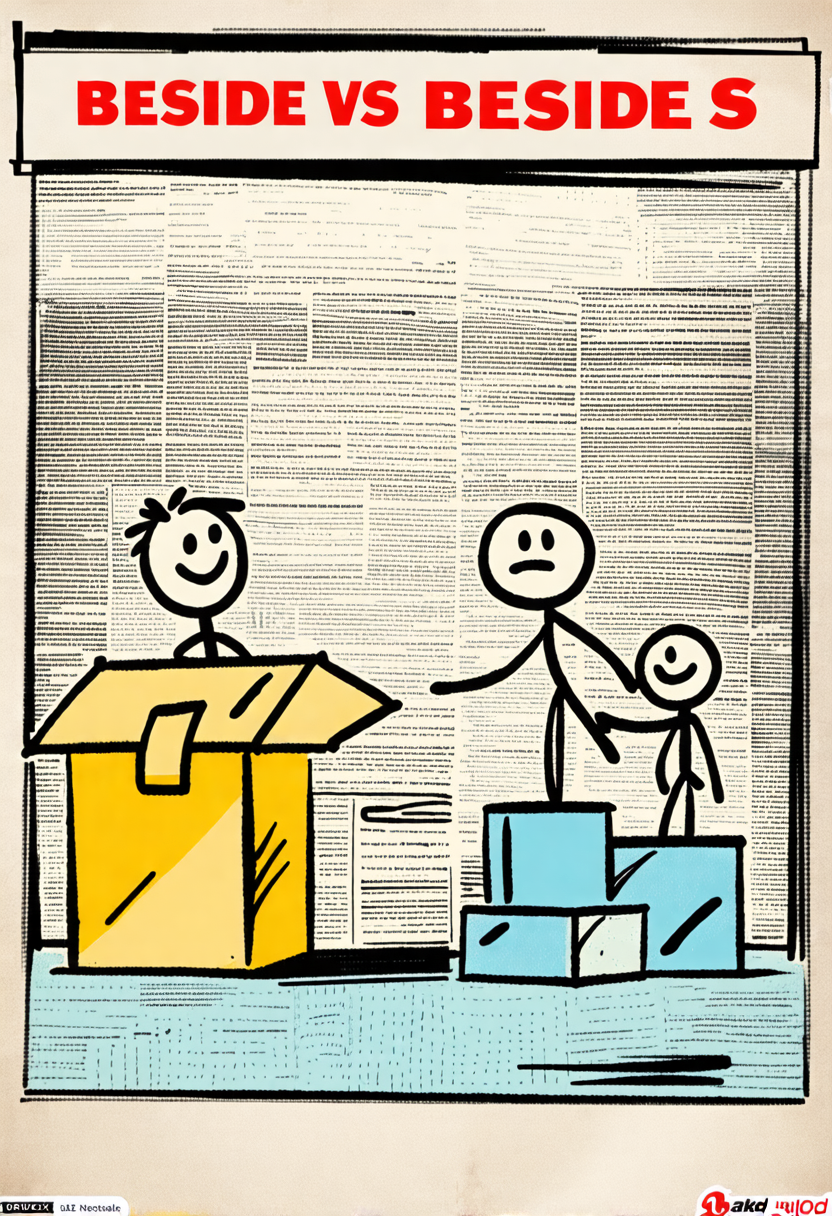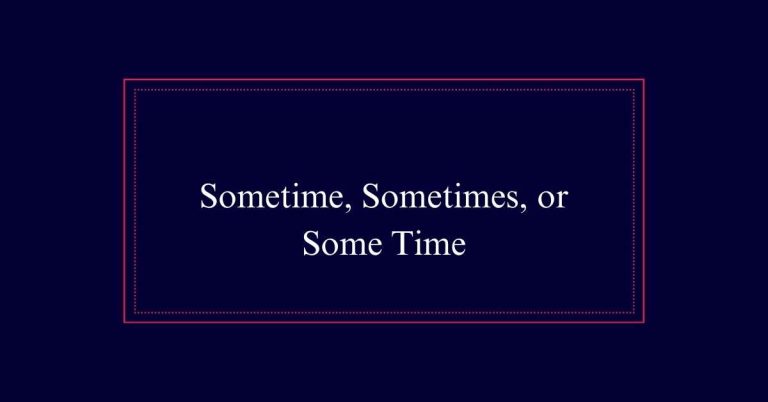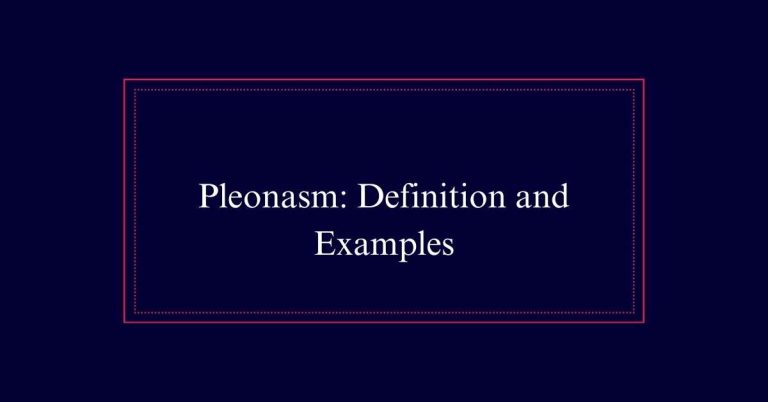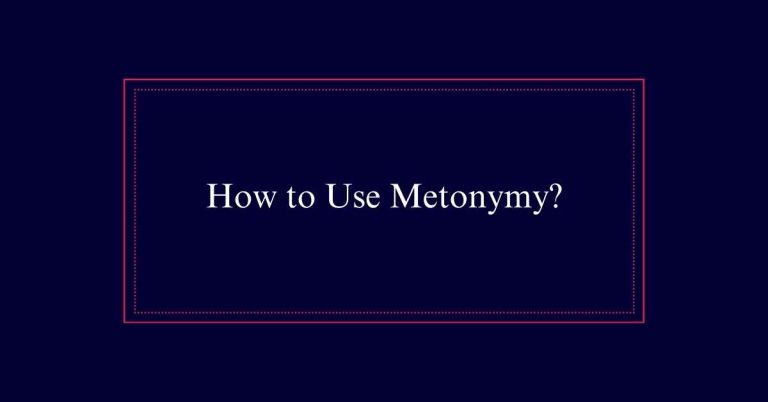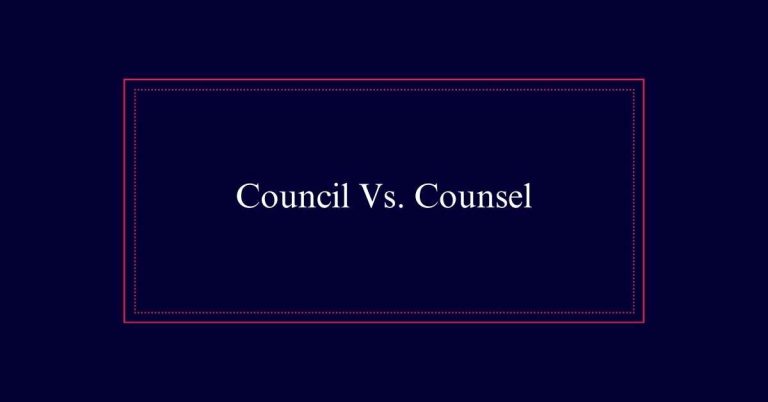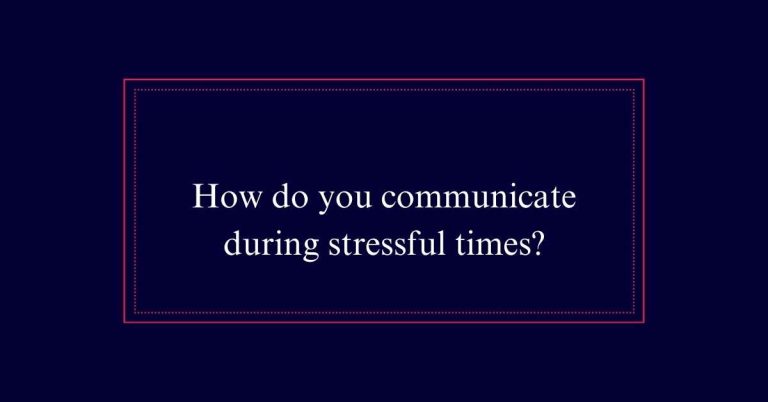Beside vs. Besides
Understanding when to use ‘beside’ versus ‘besides’ is key for precise communication. ‘Beside’ refers to physical location, meaning ‘next to’ or ‘at the side of,’ such as ‘The chair is beside the table.’ ‘Besides,’ however, means ‘in addition to’ or ‘moreover.’ For instance, ‘Besides the main course, we had dessert.’ Confusing the two can lead to misunderstanding.
The Core Difference
The core difference between ‘beside’ and ‘besides’ lies in their distinct meanings and uses in sentences. ‘Beside’ indicates a physical location, showing where something is positioned relative to another object. It means ‘next to’ or ‘at the side of.’ For example, ‘The book is beside the lamp.’
On the other hand, ‘besides’ functions as a preposition or adverb and conveys the idea of addition or an extra point. It means ‘in addition to’ or ‘moreover.’ For instance, ‘Besides the rain, it was a great day.’
Understanding this distinction helps in using each word correctly to convey precise meanings in writing and conversation.
Beside Indicates Location
Focusing on ‘beside,’ this word specifically indicates location by showing where an object is in relation to another. It acts as a preposition that denotes physical proximity, meaning ‘next to’ or ‘at the side of.’ For instance, in the sentence, “The lamp is beside the bed,” ‘beside’ helps understand the exact location of the lamp.
Here is a table to illustrate different uses of ‘beside’:
| Sentence | Meaning |
|---|---|
| “The chair is beside the table.” | The chair is next to the table. |
| “She stood beside him.” | She stood next to him. |
| “The park is beside the school.” | The park is next to the school. |
| “He placed the book beside her.” | He placed the book next to her. |
Besides Adds Information
Besides adds extra information to a sentence, enriching the context and providing additional details or options. It functions as both a preposition and an adverb.
As a preposition, it means ‘in addition to.’ For example, ‘Besides the main course, we also had dessert.’ Here, it introduces another element to the meal.
As an adverb, it means ‘moreover’ or ‘furthermore.’ For instance, ‘She is a great singer; besides, she plays the piano.’ This usage adds another attribute to the person being described. The term is less formal than ‘moreover’ but serves the same purpose.
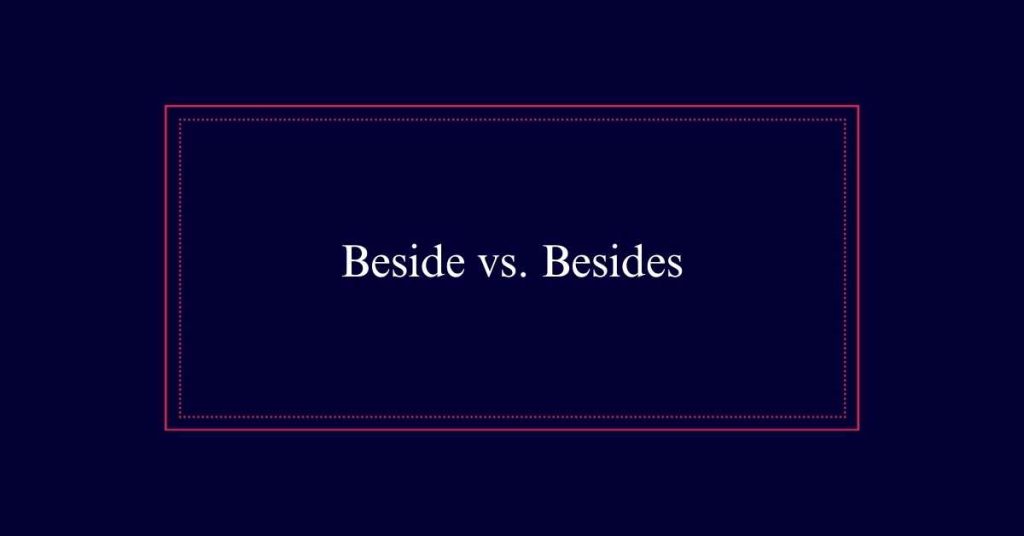
Using Beside Correctly
How can you use ‘beside’ correctly in a sentence?
‘Beside’ is a preposition that means next to or at the side of. It is used to indicate the physical proximity of one object to another.
For example, you might say, ‘The lamp is beside the sofa.’ This means that the lamp is placed next to the sofa.
You can also use ‘beside’ to show a more abstract closeness, such as in the phrase, ‘She sat beside her friend during the meeting.’ Here, it indicates that she was sitting next to her friend.
Examples of Beside
Here are several examples demonstrating the correct use of ‘beside’ in a sentence. ‘Beside’ is a preposition that indicates location, meaning next to or at the side of something or someone. Understanding its proper usage can enhance clarity in writing.
- The cat sat beside the window.
This sentence shows the cat’s position next to the window.
- She placed her bag beside the chair.
This sentence indicates that the bag is located next to the chair.
- We stood beside each other in the photograph.
This sentence highlights the proximity of individuals in a photo.
Each example clearly demonstrates how ‘beside’ is used to indicate physical proximity.
Using Besides Correctly
Understanding how to use ‘besides’ correctly can greatly improve your writing’s clarity and coherence. ‘Besides’ serves as both a preposition and an adverb, adding information or options.
As a preposition, it means ‘in addition to.’ For instance, ‘Besides the main course, we have dessert.’
As an adverb, it means ‘moreover’ or ‘furthermore.’ An example is, ‘She is an excellent writer; besides, she speaks three languages fluently.’
Using ‘besides’ is less formal than ‘furthermore’ or ‘moreover,’ making it suitable for conversational and professional contexts.
Correctly applying ‘besides’ ensures that your sentences flow smoothly and your additional points are clear. This enhances the overall readability of your writing.
Examples of Besides
Let’s explore some examples to illustrate how ‘besides’ can be used effectively in sentences. ‘Besides’ often adds information or options, making it a versatile word in both written and spoken language.
- In addition to something:
‘Besides the main course, we also served dessert.’
- Moreover:
‘She is very talented. Besides, she has a great work ethic.’
- As an alternative:
‘We could go to the museum. Besides, the park is also an option.’
These examples show how ‘besides’ can enhance clarity and add valuable information. Whether used as a preposition or adverb, ‘besides’ helps to expand on ideas or present alternatives effectively.
Beside the Point Idiom
The idiom ‘beside the point’ refers to information that is irrelevant or not pertinent to the main discussion. It is often used to dismiss comments or arguments that do not directly relate to the topic at hand.
For example, if someone brings up a minor detail during a critical debate, another person might say, ‘That’s beside the point,’ to steer the conversation back to the main issue. This idiom underscores the importance of staying focused on relevant information.
Misusing ‘besides’ in this situation can lead to confusion. Remember, ‘beside’ in this idiom emphasizes irrelevance, while ‘besides’ means in addition.
Understanding this distinction is essential for clear and effective communication.
Common Mistakes
Many people mistakenly use ‘beside’ and ‘besides’ interchangeably, leading to confusion and grammatical errors. Understanding their distinct meanings is important for proper usage.
Here are common mistakes to avoid:
- Location vs. Addition:
Using ‘besides’ instead of ‘beside’ for indicating physical proximity. Example: ‘She sat besides him’ should be ‘She sat beside him.’
- Addition vs. Location:
Using ‘beside’ instead of ‘besides’ for adding information. Example: ‘Beside the salary, there are other benefits’ should be ‘Besides the salary, there are other benefits.’
- Idiomatic Confusion:
Misusing ‘beside the point’ by saying ‘besides the point.’ Remember, ‘beside the point’ means irrelevant.
Avoid these errors to ensure clarity and correctness in your writing.
Frequently Asked Questions
Can “Beside” and “Besides” Ever Be Used Interchangeably?
No, ‘beside’ and ‘besides’ cannot be used interchangeably. ‘Beside’ refers to location, meaning next to. ‘Besides’ means in addition or furthermore. Their meanings and grammatical uses are distinct and should not be confused.
How Do You Teach Children the Difference Between “Beside” and “Besides”?
To teach children the difference between “beside” and “besides,” use visual aids for “beside” to show proximity, and examples for “besides” to show addition. Simplify explanations and practice with sentences to reinforce learning.
Can “Besides” Start a Sentence, or Is It Always Used Mid-Sentence?
Yes, “besides” can start a sentence. It is often used as an adverb meaning “in addition.” For example, “Besides, we should consider other options.” This usage is grammatically correct and widely accepted.
